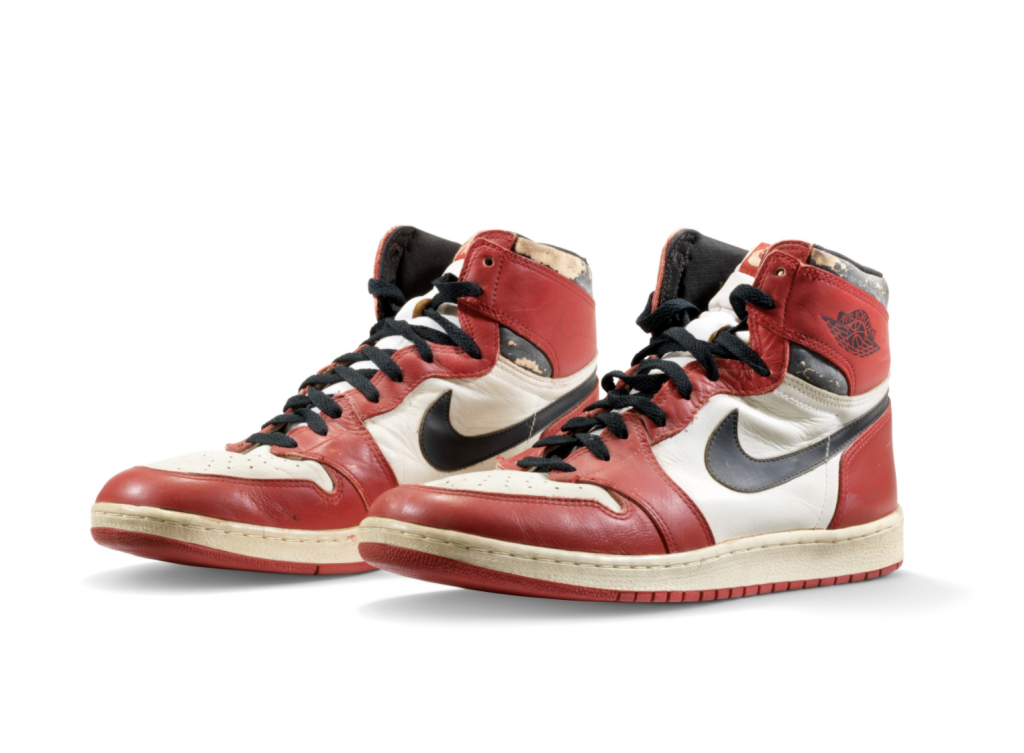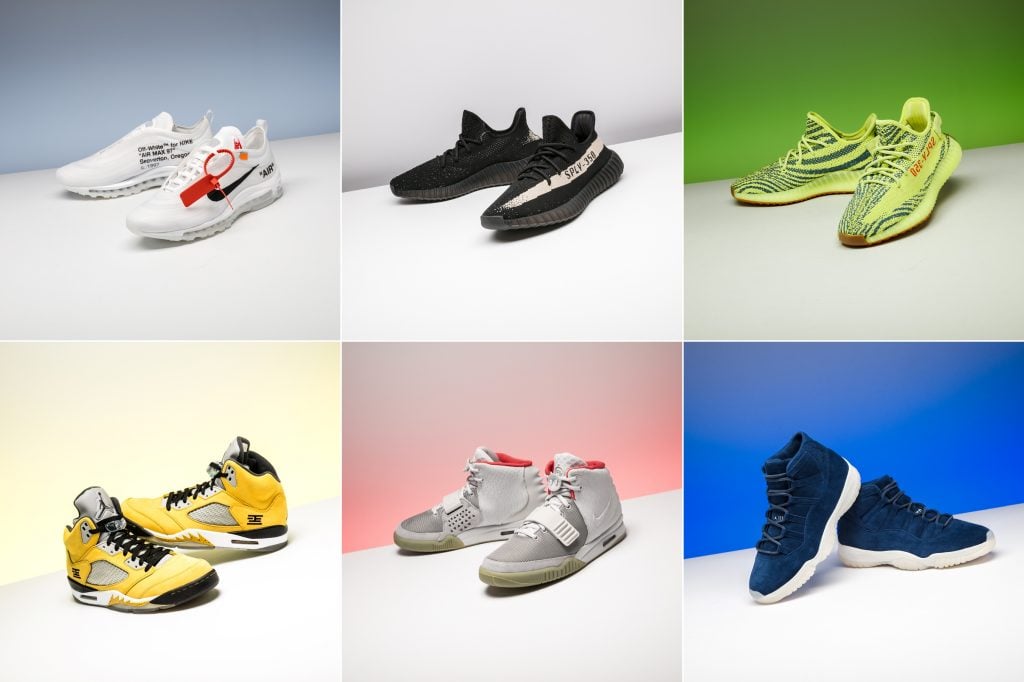Art World
15 Minutes With a Price Database Power User: Sneaker Collector Ryan Chang on How to Care for Your Shoe Collection (Humidity Control Is Key)
Chang is the founder of Applied Arts, a media company that celebrates shoes as fine-art objects.

Chang is the founder of Applied Arts, a media company that celebrates shoes as fine-art objects.

Artnet Price Database Team

There is only one tool trusted by art-world insiders to buy, sell, and research art: the Artnet Price Database. Its users across industries—from auction houses to museums, galleries and government institutions—represent the art world’s most important players. We’re taking 15 minutes to chat with some of the Artnet Price Database’s power users to get their take on the current state of the market and how they’re keeping up with the latest trends.
“There’s a cultural shift happening where collectors are responding to shoes the same way they respond to fine art,” says Ryan Chang, the founder of Applied Arts, a media company that celebrates sneakers as fine-art objects.
Although the idea that sneakers could ever be in the same conversation as fine art may have seemed far-fetched five years ago, the market has consistently proven Chang’s insight to be correct. In the past year alone, Sotheby’s and Christie’s have both held auctions in which they’ve sold items such as Michael Jordan game-worn pairs for more than $600,000.
At the same time, companies like StockX, an online marketplace for buying and selling clothes and sneakers, have sprung up quickly, proving that the public is ready to look at sneakers as an investment.
“I think of shoes as a canvas, a cross between a painting and a sculpture, and I love how they are enjoying their cultural moment right now,” says Chang, who also designs and builds townhouses in Brooklyn.
We had the chance to chat with Chang about why he thinks sneakers are having their moment, how he takes care of his collection, and what he’s been searching for recently in the Artnet Price Database.
Sneakers are just starting to come into their own as a collecting category, with Sotheby’s and Christie’s each holding major sales in the past year. What do you think led the auction houses to enter sneaker territory, and why now?
Auction houses like Sotheby’s are featuring shoes that possess cultural and historical significance, rarity, monetary value, and aesthetic appeal. These are the same pillars of value that drive the fine-art market, so it makes sense that auction houses would steer their clients into this new category.
How does the sneaker market function, on a transactional level? Are there dealers? Concerns of provenance?
Transactions typically occur over private networks, through private dealers, and on secondary-market platforms that specialize in sneakers and luxury collectibles. There are a number of companies and specialists offering authentication and buyer protection. On the high end, most of the transactions occur directly between informed collectors, or through auctioneers like Sotheby’s, which have high standards for condition and provenance.

Michael Jordan’s Air Jordan 1 High “‘Shattered Backboard’ Origin Story,” Game-Worn Signed Sneaker, which sold for $615,000 at Christie’s last month. Courtesy of Christie’s.
What do you think makes sneakers valuable to collectors?
It depends on what kind of a collector you are: some view sneakers as cultural matter, and they’ll have a different [standard] for value than someone who collects game-worn sneakers. On a macro level, the same data points that inform quality for art, inform quality in the luxury collectibles segment—scarcity, the artist, cultural relevance, and aesthetics.
Who assigns and determines value is also changing. Affluent art collectors are getting younger and more diverse. Musicians, athletes, tech entrepreneurs—this segment of young wealth continues to grow. When a 25-year-old sells his company or makes his first endorsement deal, he’s going to invest that money in something that is artistically and culturally significant to him. I think that means, at least for this demographic, less money spent on Rembrandt, and more on shoes and other artifacts people always wanted, but couldn’t afford as children.
Which pair in your collection are your absolute favorite?
’84 Air Jordan 1 Black Toe. It’s the first true Air Jordan 1, designed by Peter Moore almost 40 years ago. Over time, cars look different, trends in furniture and clothing come and go, and polar ice caps melt. But the Jordan 1 silhouette hasn’t changed. It’s a design masterpiece—the Dolly sheep that has been retroed hundreds of times and crossed international and cultural lines, but remains the same because it was perfect to begin with.

Clockwise: The 10 Nike Air Max 97 OG; Yeezy Boost 350 v2 Oreo; Yeezy Boost 350 v2 Frozen; Air Jordan 5 Tokyo 23; Air Yeezy2 NRG Pure Platinum; Air Jordan 11 Jeter. Courtesy of Sotheby’s.
What are things you look for when deciding to acquire a particular pair?
I look at sneakers as art objects, so I focus heavily on the artists and designers who collaborate in the creation. Some of my sneakers aren’t even pairs! Many are single shoes—prototypes and artist proofs that really show the artist experimenting with the design.
How do you maintain a sneaker collection? What goes into the care and upkeep?
Thankfully, I only have about 70 pairs, which I keep in humidity-controlled storage. They’re kept in the dark, wrapped with archival paper, and double boxed.
What is the last thing you searched for in the Price Database?
Most recently a self-portrait by Egon Schiele… but most frequently, anything by Basquiat.